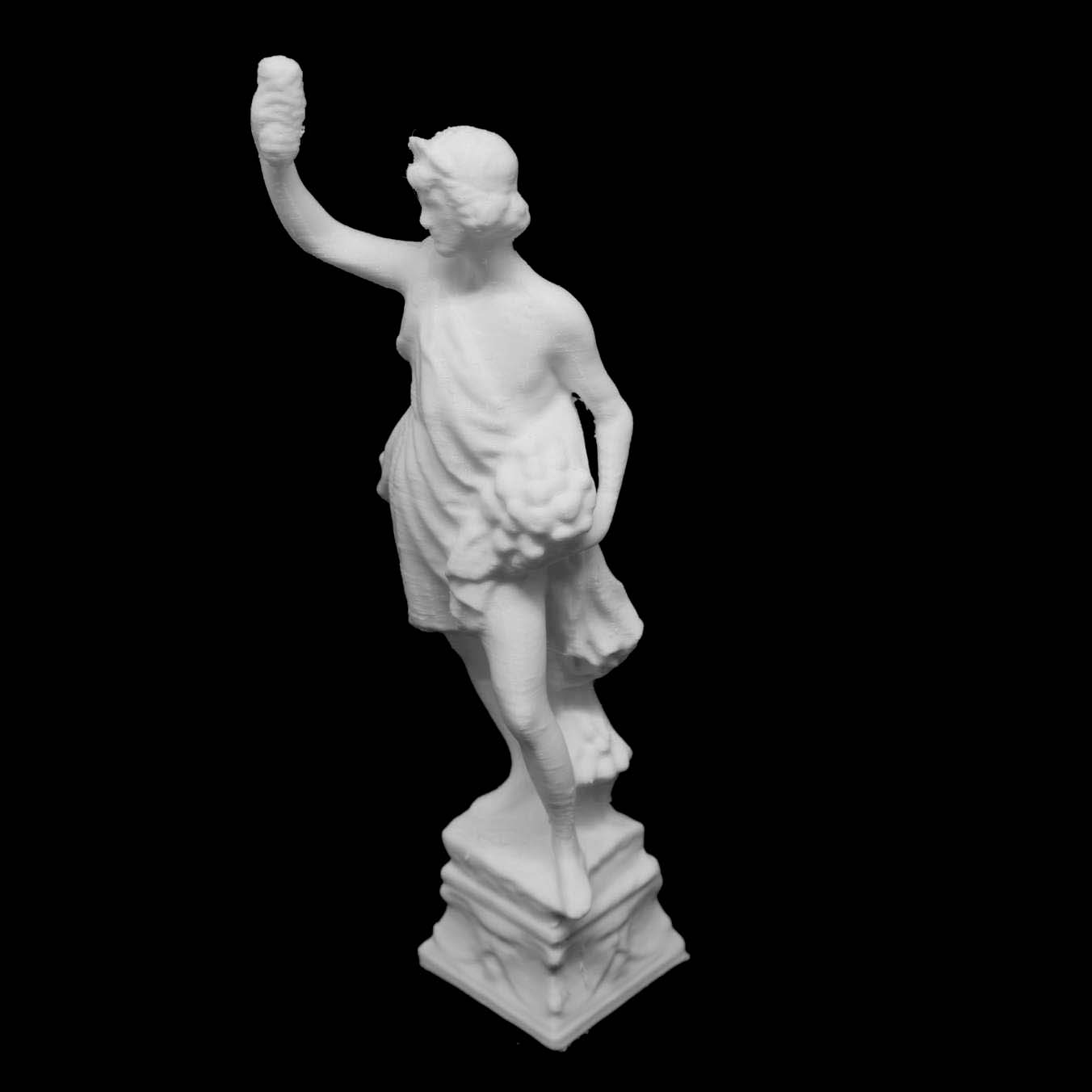
Bacchus at The Boboli Gardens, Italy
myminifactory
The Boboli Gardens boasts a collection of sculptures spanning the 16th through 18th centuries, with Roman antiquities sprinkled throughout. Located behind the Pitti Palace, the primary residence of Florence's Medici grand dukes, these gardens are among the first and most recognizable formal Italian gardens from the 16th century. The mid-16th-century garden style, as it evolved here, incorporated longer axial developments, wide gravel avenues, a considerable "built" element of stone, lavish use of statuary and fountains, and intricate details, all carefully coordinated in semi-private and public spaces that drew inspiration from classical elements: grottos, nympheums, garden temples, and more. The gardens' openness, with an expansive view of the city, was unconventional for its time. The Boboli Gardens were designed specifically for Eleonora di Toledo, Cosimo I de' Medici's wife. Although Niccolò Tribolo began work on the first stage before his death in 1550, Bartolomeo Ammanati continued the project with input from Giorgio Vasari, who oversaw the grottos, and Bernardo Buontalenti, who contributed sculptural elements. The elaborate architecture of the grotto in the courtyard separating the palace from its garden is a testament to Buontalenti's skill. Despite lacking a natural water source, a conduit was built to bring water from the nearby Arno River into an intricate irrigation system, ensuring the plants received the necessary hydration. Even during restoration work in 2015, the Large Grotto's statues remained on display, offering insight into Mannerist sculpture and architecture. The fountain is divided into three main sections, with the first one featuring frescoes to create the illusion of a natural grotto – a refuge for shepherds to protect themselves from wild animals. Originally housing Michelangelo's The Prisoners (now replaced by copies), this section was intended for Pope Julius II's tomb. Other rooms within the Grotto contain Giambologna's famous Bathing Venus and an 18th-century group of Paris and Helen by Vincenzo de' Rossi.
With this file you will be able to print Bacchus at The Boboli Gardens, Italy with your 3D printer. Click on the button and save the file on your computer to work, edit or customize your design. You can also find more 3D designs for printers on Bacchus at The Boboli Gardens, Italy.
